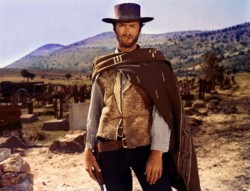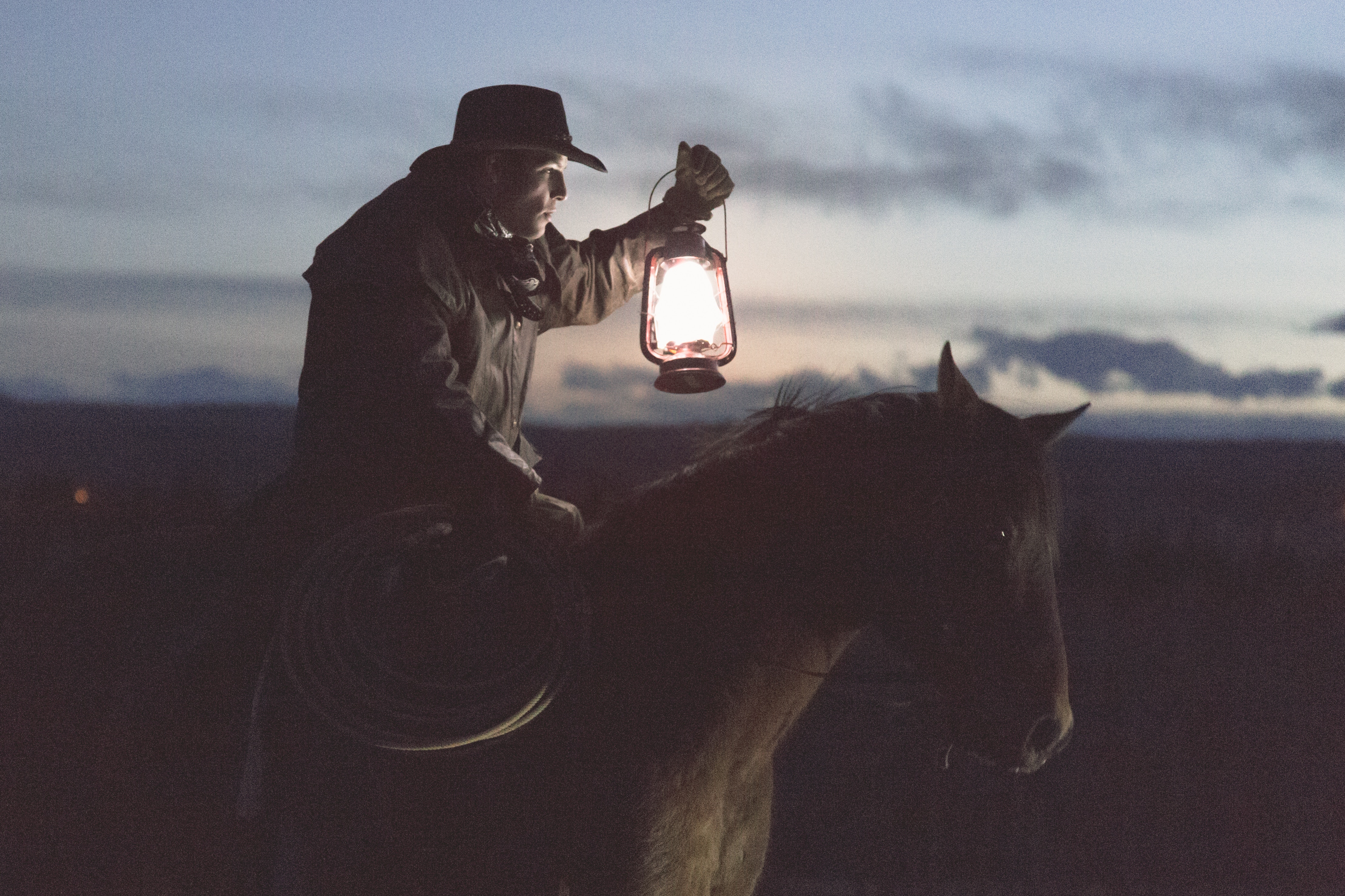Hostiles: Is the western a finite frontier?
Some genres seem to have no limits. Comedy, science fiction, action, and horror continue to evolve, inspire and produce a regular output of films every year. But the Western, a genre known for its American iconography, examines masculinity and violence on a seemingly finite frontier. It is comparatively rare to see a Western in today’s film market and many of the iconic examples are of the last century, be they John Ford’s classics, Clint Eastwood’s Spaghetti Westerns or even more soul-searching efforts such as Dances with Wolves. But with the release of Hostiles, starring Christian Bale, Rosamund Pike, and Wes Studi, in which a US army man must escort a Native American across hostile territory, it’s clear that the Western is far from dead. While its approach isn’t perfect in its representation of the American West, we have come a long way from the days when the natives were a punching bag and the villain was only distinguishable from the hero by the colour of their hats.

Clint Eastwood (seen here in The Good, The Bad and the Ugly) is a staple of the Western genre. Image credit: Wikimedia Commons
The Western has undergone a great deal of change over the years leading up to the release of this film. The Western genre started as Romanization of history, with cowboys portrayed as free men who stood for independence and stoic masculinity in the face of the harsh environment in which they lived. Later on, the violence and ideology of the West was called into question as the frontier became less noble and the real-life struggles were brought to the forefront as seen in films, such as, The Good, the Bad and the Ugly known for its iconic characters, and the lesser known Meek’s Cutoff which attempted a more feminist, slower-take on the world of the frontier.
It’s clear that the Western is far from dead
Audiences have seen Western icons like Jimmy Stewart change from heroes to villains as they aged along with the genre; these films examine both the toxic-masculinity, ignorance, arrogance, and racism that dominated the late 19th century in which Westerns are primarily based. Much of this has led to the decline of Western films but that hasn’t stopped the genre’s influence from spreading. Most franchises, such as Logan, are frequently compared to a Western over a superhero film, even Star Wars: The Last Jedi has moments lifted from the Western with its sunset showdowns and character arcs. While Westerns are rarer than they were back in the 50s, the genre is by no means extinct. The Western genre is steadily evolving, incorporating more realism, reflection and role reversals into the mix to match the social and political climate of modern America.
[Modern Westerns] examine both the toxic-masculinity, ignorance, arrogance, and racism that dominated the late 19th century in which Westerns are primarily based
Hostiles seem to be heading in the right direction with the Western genre; the cinematography is beautiful and the brutality of life on the frontier is not looked away from. While the moralising falls to the white characters rather than giving the Natives the same amount of time to voice their side of the story, the film does not present the one good white man saviour archetype as seen in Dances with Wolves. The villains of the film are not one-dimensional white men or natives, but a mix of antagonists from varying backgrounds who emphasise the realism of the West. There is still progress to be made, films entirely from the Native American standpoint are practically non-existent and Westerns will always just about miss the mark in making sweeping epics purely about the struggles of white morality. Maybe a day will come when the Western isn’t needed, that we will stop playing cowboy and leave a brutal chapter of America’s devising behind. Until then, we can expect Westerns to continue being made, for filmmakers to explore and confront the more uncomfortable aspects of a nation’s upbringing.
Overall, Hostiles demonstrates that the Western is alive. While there are arguments to be made that going back and telling stories from the late Nineteenth-Century frontier isn’t needed, there are also arguments that to see the past with clarity is needed more than ever. America is going through a period of great introspection with the tearing down of Confederate monuments and political unrest. Now more than ever, films that question the role men played in the finite frontier are needed, to know what kind of a future America has in store.

Comments